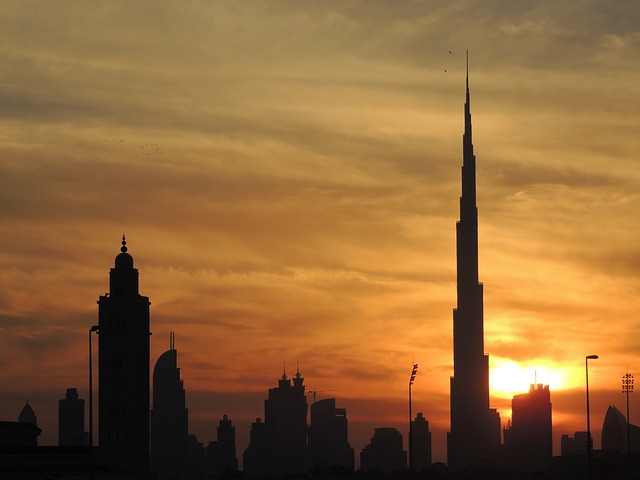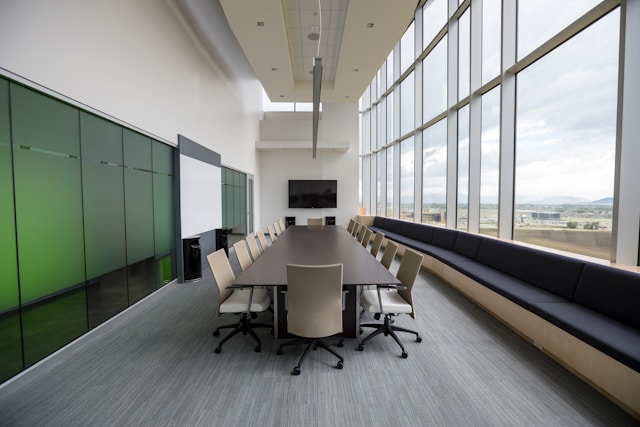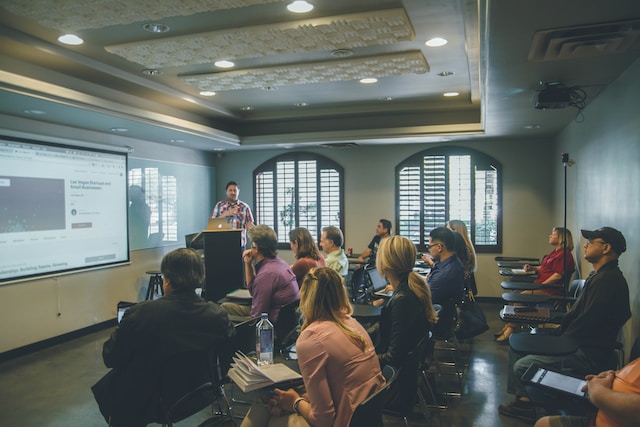Which architect would you hire if you wanted to build the tallest building in the world?
Every architect alive today has his or her own version of the tallest building in the world if not prominently displayed then sheepishly hidden amongst prized possessions. Many submit their grand visions to projects like Miapolis, a proposed skyscraper that will surpass Burj Khalifa as the world’s tallest building, hoping against hope they will be selected to lead the project.
It Takes Decades of Experience to Build Supertall Buildings
But for Burj Khalifa planners, experience mattered most. With over 125 awards including five international, nine national AIA Awards and two ULI Awards for Excellence, American architect Adrian Smith impressed the most. And with Trump International Hotel & Tower, China’s Jin Mao Tower, and Boston’s Rowes Wharf to his name, the decision came easy and in just four weeks.
Now that Burj Khalifa is done, Smith has begun to receive more attention: first, Lego, a Disney property, has decided to offer The Burj Khalifa Lego, ensuring Smith will be known by young architects for generations to come. Second, Smith is now the de facto spokesman and apologist for explaining the meaning, purpose and sustainability of supertall structures.
Supertall Structures: It’s Not Easy Being Green
Last month, Smith gave a lecture at a Frank Lloyd Wright Preservation Trust Event entitled: “Supertall Towers and Green Cities.” Here are a few points he made:
- Buildings over 60 stories tall have unique challenges. For supertall structures, of course, gravity is important, but equally if not more important are the forces created by wind. Forces of the wind, if not properly designed for in a building structure and mitigated, can cause sickness for occupants.
- Other types of movement that must be designed for include: keeping the building from blowing over and minimizing or eliminating torsional movement or twisting motion.
- Smith spent time in Chicago as a student and worked with SOM architects who were designing the John Hancock Tower In Boston and other tall buildings. This is where he got much of his “tall building” experience.
- Over his 40 years as an architect, he has built office buildings in the 20 to 30 story range and then 60 to 80 story mixed-use towers. It was only after this that he began a series of projects to design the world’s tallest towers.
- Smith sees supertall towers as landmarks for cities and sees them as symbols in the same way the Eiffel Tower and other special tall projects heavily influenced cities like Paris, New York, etc.
- Smith notes that building towers like Burj Khalifa, or his proposed Kingdom Tower, would not have been possible 20 years ago and it is only through the development of high-strength concrete and pumping technology that such projects can be done.
- According to Smith, supertall buildings are generally not as energy efficient as shorter buildings but believes they can incorporate sustainable features such as wind turbines, solar panels, condensation systems and more.
Soon IndustryTap will write about Bill Baker, Chief Structural Engineer for Burj Khalifa. Stay tuned.







